|
You often hear discussions of brain trauma when listening to true crime podcasts or watching true crime shows but, did you understand what was being discussed? If you are interested in learning more about the human brain and the importance of each part of this beautifully complex organ, this blog is for you! The human brain – it can do magic. The brain is the control center of the nervous system - accepting and transmitting chemical and electrical signals. These signals allow us to see, hear, speak, move, love, understand, and ultimately – live. The brain’s complexity is utterly astounding. I remember reading somewhere that the human brain has more molecular switches than all of the computers, routers, and Internet connections on the planet. Wow, right? So what does the brain do, exactly? That is a loaded question, do a little research on the Internet and it will seem like we know TONS. In reality, we don’t know what we don’t know. I will tell you that the “10% brain use” myth is precisely that: a myth. So back to the question “…what does the brain do, exactly?” Well, the answer depends upon the area of the brain being discussed. The thing that makes us different from other animals is our cerebrum – where higher thinking happens. The brain (part of the CNS) is the control center of the nervous system accepting and transmitting chemical and electrical signals. These signals allow us to see, hear, create language, move, love, understand, and ultimately – live. The brain is an incredibly complex organ that scientists are still working to decipher. The nervous system is divided into two parts; the central nervous system and the peripheral nervous system. The Central Nervous System includes the brain and the spinal cord. The Peripheral Nervous System includes the somatic (body) and autonomic divisions. Lobes of the Brain Lobes are simply anatomically distinct 'sections' of the brain. The brain is super complex so, keep that in mind as you read on. Let's start with general descriptions of the brain lobes; from back to front. The cerebellum is the most primitive areas of the human brain. It is responsible for movement, posture, and balance; things that we do not need to think about constantly. The occipital lobes – located at the very back of the brain – are the home of the Primary Visual Cortex (receives visual input from the Optic Nerves) and the Visual Association Area (process visual input). Damage to the posterior aspect of the brain will often lead to visual impairments. One structure that is located within the occipital lobes are the lingual gyri.The right lingual gyrus is involved an individual's sense of attachment to one's self. The parietal lobes of the brain are responsible for sensation, perception, and for the integration of sensory input (mainly with the visual system). If the right parietal lobe is damaged it causes the injured person to neglect part of their body or neglect space on the left side– contra-lateral neglect. Seems ridiculous but it is true. The temporal lobes of the brain are the primary organization of sensory information – auditory input and perception (hearing), visual perception, memory, and emotion. Damage to the temporal lobes can result in memory problems, disturbances in auditory and/or visual perception, and language comprehension. Injury in this area can also cause alterations in personality, affect (the way others perceive you) behaviors, and sexual behavior. The precuneus, located within the temporal lobe is a major component of the default mode network and is involved in self-referential thinking (the tendency to view innocuous stimuli as having a specific meaning for the self and is associated with personality traits and disorders) and self-centered mental imagery (often associated with narcissistic personality). The insula are lobes located deep to the temporal lobes and facilitate self-awareness (awareness of our bodies and emotions, and how they interact to create our perception of the present moment). The anterior insula contains an interoceptive (sense of the internal state of the body) representation that provides the basis for all subjective feelings from the body. The insula are often activated in conjunction with the anterior cingulate gyrus and together, they seem to function as limbic sensory and motor cortices that respectively engender the feelings (insula) and the motivations (cingulate gyrus) that constitute any emotion. Some have argued that the anterior insula provides a critical substrate for self-awareness. Recently, the somatic marker hypothesis (emotional processes guide our behavior and decision making) has been attributed to the insula. The frontal lobes of the cerebrum are responsible for our ability to think critically, solve problems, and feel emotion – the frontal lobes are the origin of personality. Have you heard the story of Phineas Gage, a train foreman from the mid-1800s? One day at work, Gage was struck through his left eye and into the frontal lobe of his brain with a tamping iron. By all reported evidence, Gage had been a personable guy prior to the accident…after the accident was a different story. Gage’s personality had changed drastically; he became a crude and difficult man. Historically, this was an important medical case because it was the first time brain trauma had been linked to a change in personality. The frontal lobes of the brain are responsible for higher mental functions; behavior, impulse control, personality, and critical thinking. This is the last lobe of the brain to mature, it does not finish developing until at least age 25 (this is why car insurance rates drop at 25). All the Little Things The prefrontal cortex is important in inhibiting impulses and allowing us to exhibit proper social behavior. The medial prefrontal cortex is responsible for extinguishing the fear response. The orbitofrontal cortex is involved in certain types of decision making (understanding changes in the value of a reward) and impulse control. It also plays a significant role in emotion and is interconnected with the limbic system. The rostral (anterior) portion of the middle frontal gyrus is activated by social cognition tasks, which involve self-awareness and the ability to understand the mental state of others or yourself. The limbic system is a group of structures that are associated with emotion and includes the cingulate gyrus, hypothalamus, hippocampus, and amygdala. The cingulate gyrus (cortex) is considered the limbic lobe and is divided into two regions; anterior and posterior. The anterior cingulate cortex (ACC) is interconnected with other limbic structures including the hypothalamus and amygdala. The ACC is thought to be partly responsible for overall affect (how your behavior are perceived by others). It assigns emotions to stimuli and assists in the management of social behavior. Finally, the ACC is involved in the regulation of autonomic and endocrine responses as well as the perception of pain. The posterior cingulate cortex (PCC) is part of the default mode network which is thought to be activated when you are awake but not engaged in activities that require attention. The PCC is active when you are trying to recall autobiographical memories, especially memories that have an emotional element. The hypothalamus is the control center of the endocrine system and it plays a huge role in regulating and maintaining homeostasis (the body's internal balance). The hypothalamus is among the first structures to be activated during a sympathetic (fight or flight) response. The hippocampus has a critical role in memory, it assists in memory consolidation and the formation of new memories. Alzheimer's patients display decreased volume in the hippocampus which explains why short-term memory is the first thing to go. The amygdala controls autonomic nervous system responses associated with fear, arousal, and emotional stimulation. The corpus callosum connects the two hemispheres (right & left) of the brain is responsible; it maintains the balance between arousal and attention. The fornix, located inferior to the corpus callosum and the lateral ventricles (spaces filled with cerebrospinal fluid), acts as the primary outgoing pathway from the hippocampus, and thus its most recognized function is its involvement in memory. Want to Know More? The human brain is incredibly complex and cannot be effectively explained in the length of a short blog. If you want to know more see these useful resources:
Neuroscientifically Challenged The Human Brain Project National Geographic Brain 101 YouTube
2 Comments
Patricia Burns
11/21/2020 11:38:55 am
Hiya Caroline, My name is Trish and like you I am a true crime junkie, I have only discovered your brilliant podcast very recently, I say brilliant because it is except a few sound quirks, I have just binged the entire content and wanted to tell you how much I enjoyed it, you have such a smooth,and pretty voice and your attention to detail is very impressive, I am truly astounded by your knowledge, your explanations of the pivotal events and the physical effects of these events on the developing brain is something different to other podcasts and I listen to tonnes of them, I feel like I am actually learning new stuff in fact it’s possibly the first time I have got to the end of each episode and not thought “but why do these killers end up behaving like they do “ thank you for taking the time to put this information out there and in such an understanding and calm way, your realism and sense of humour is refreshing aswell, keep up the great work you are doing because I have a feeling that your following will start to grow soon as this podcast is exceptional, once again 😊
Reply
Dr. Caroline Clark Rivera
11/21/2020 12:18:54 pm
I cannot even begin to tell you how much your kind comments mean to me!!! I literally got tears in my eyes. Thank you so much for taking the time to post this:-)
Reply
Leave a Reply. |
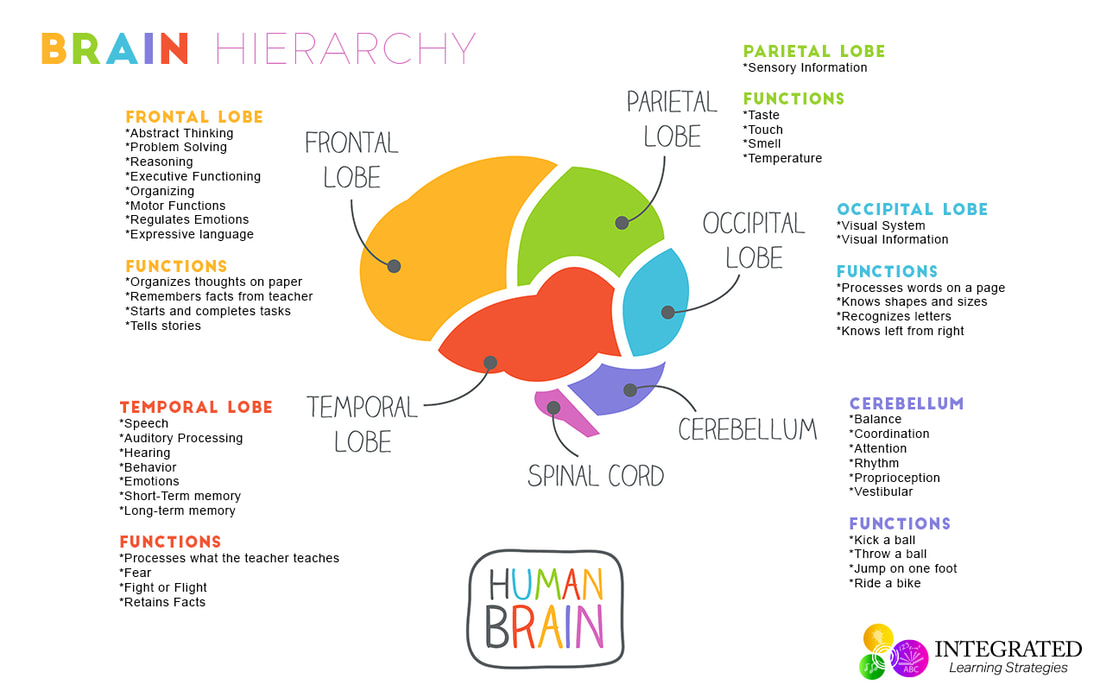
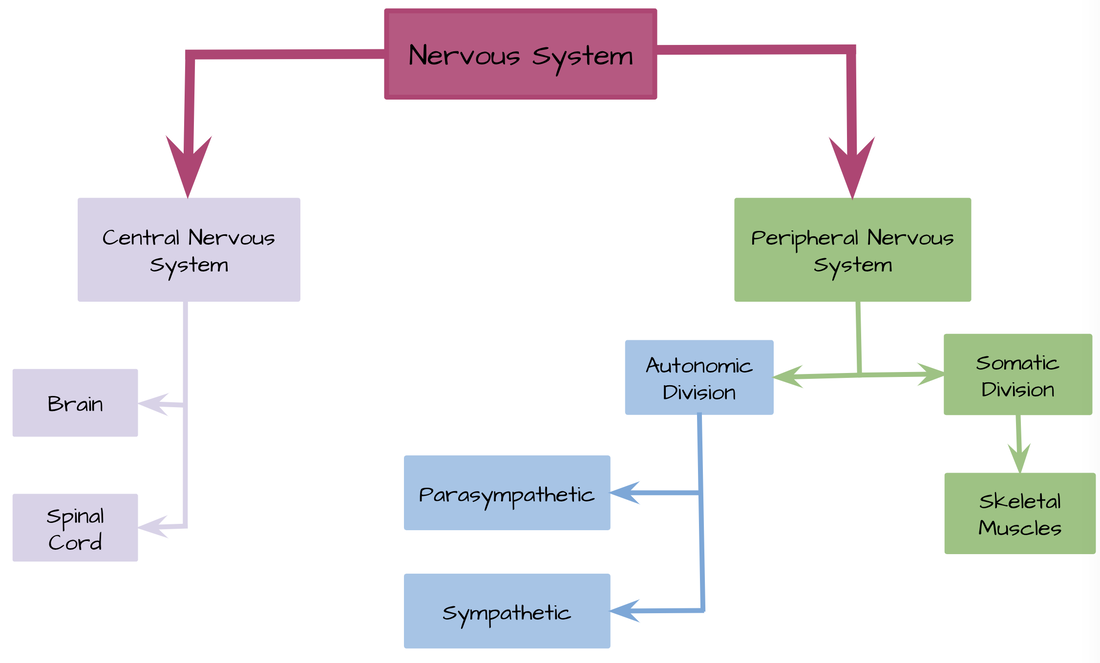
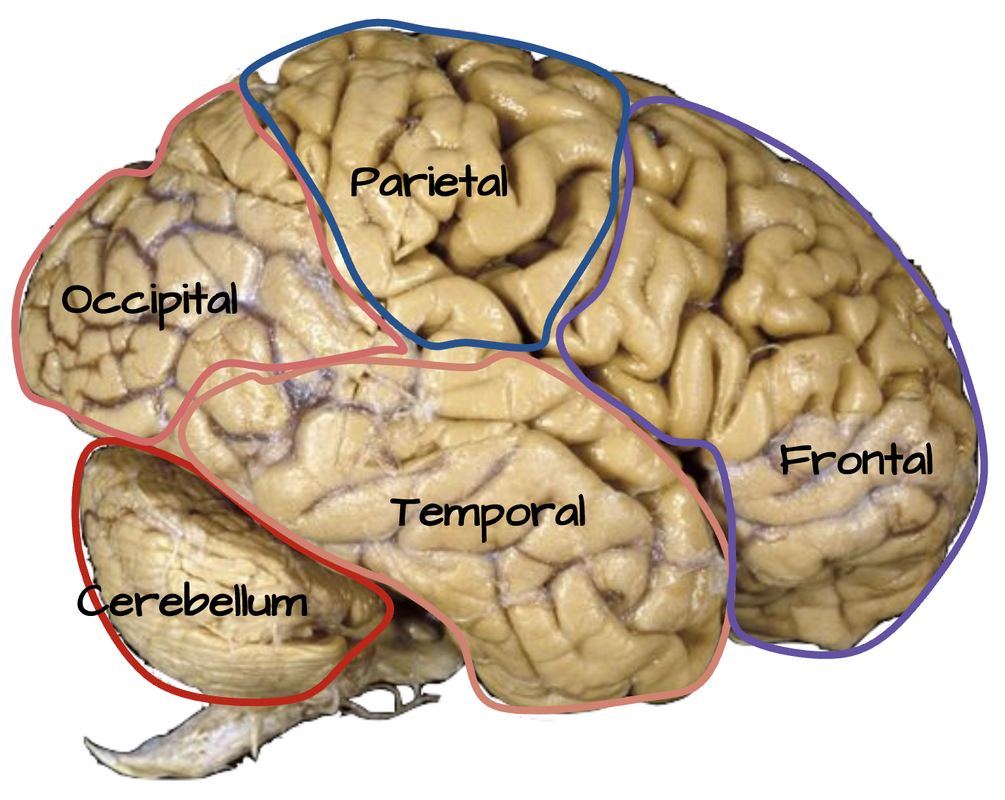
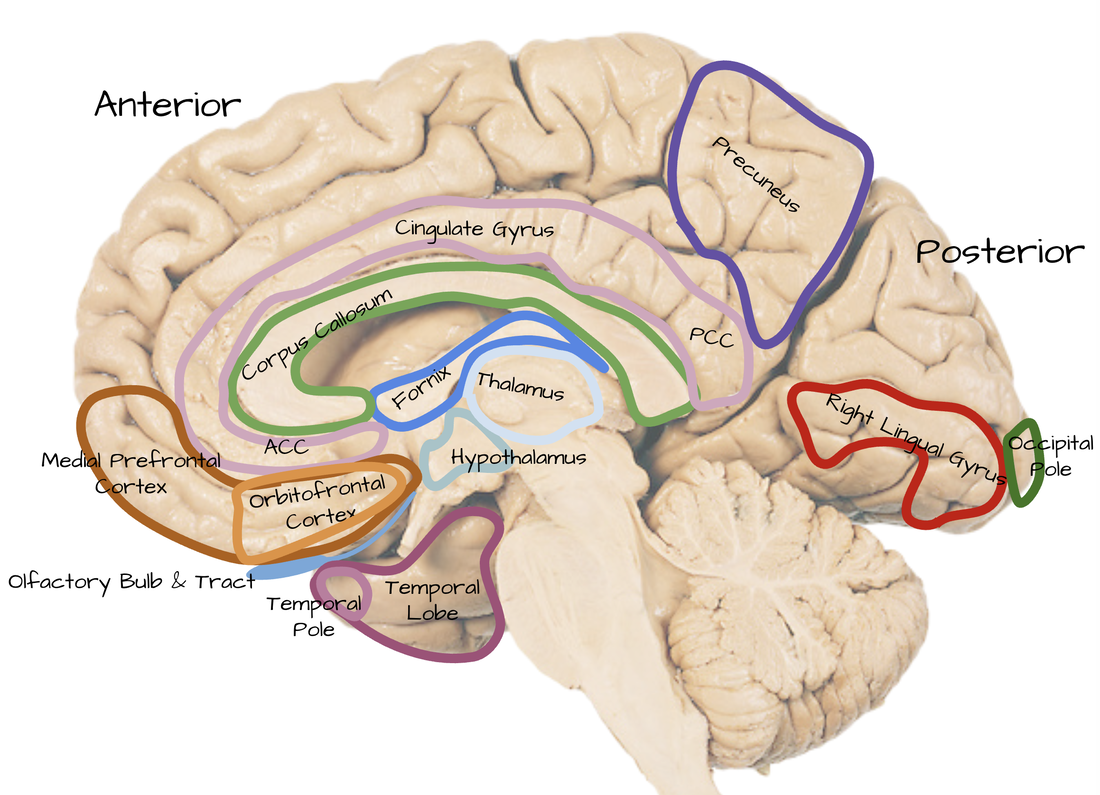
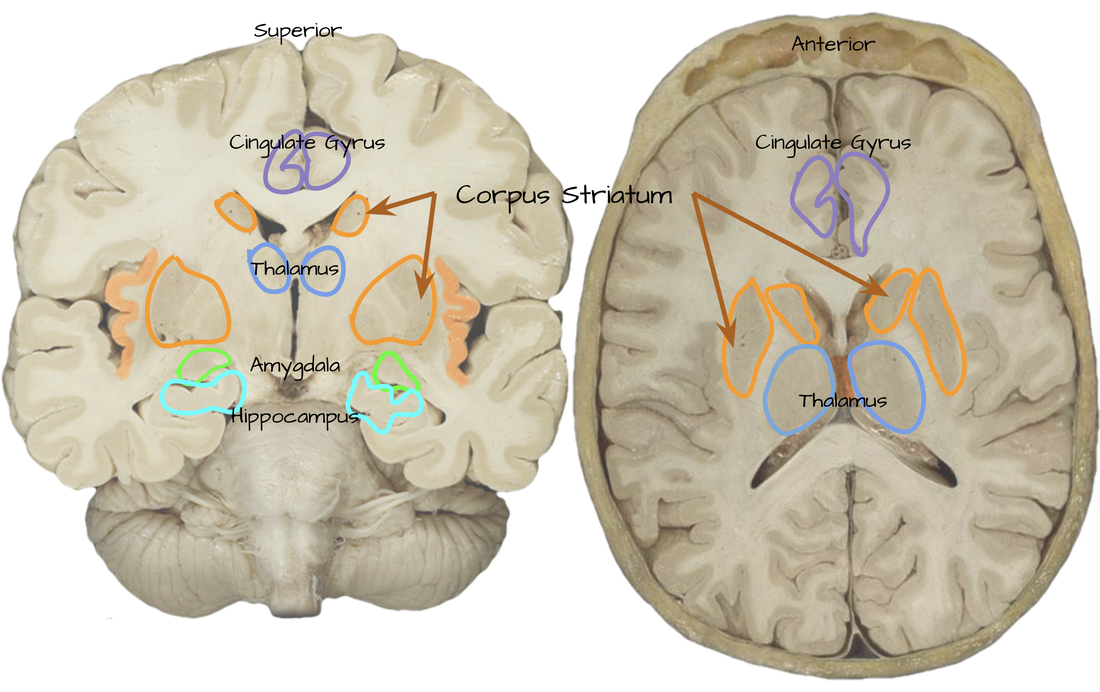
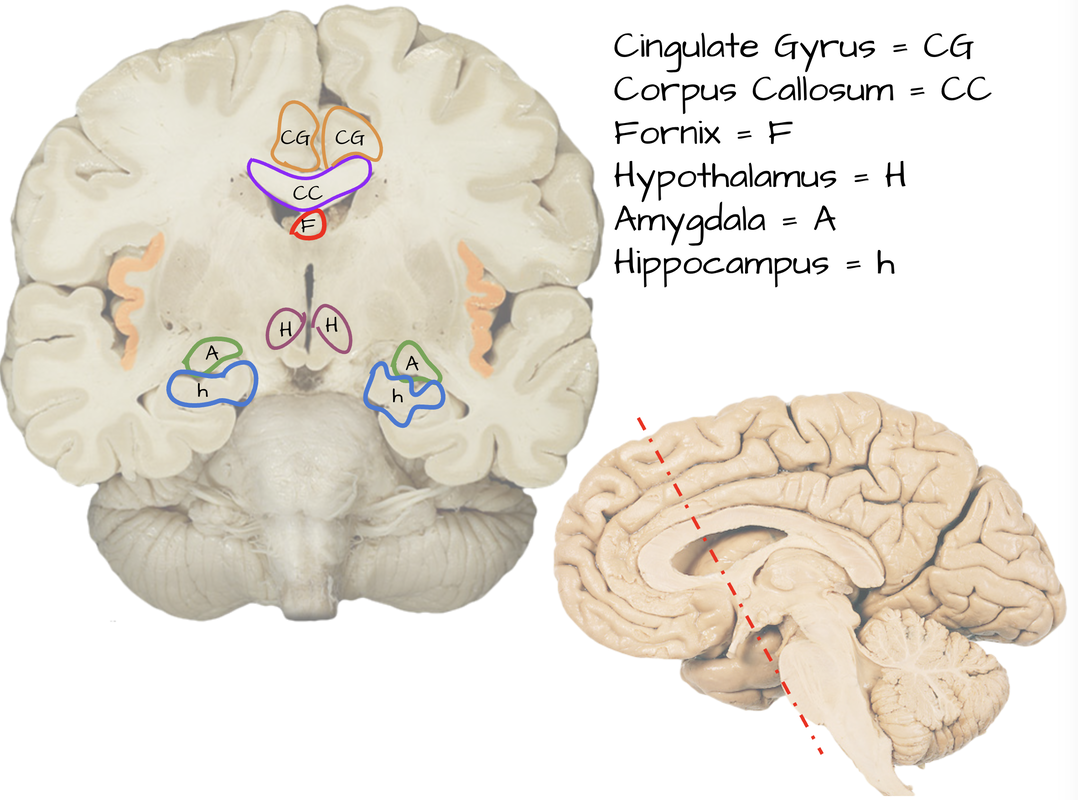
 RSS Feed
RSS Feed
